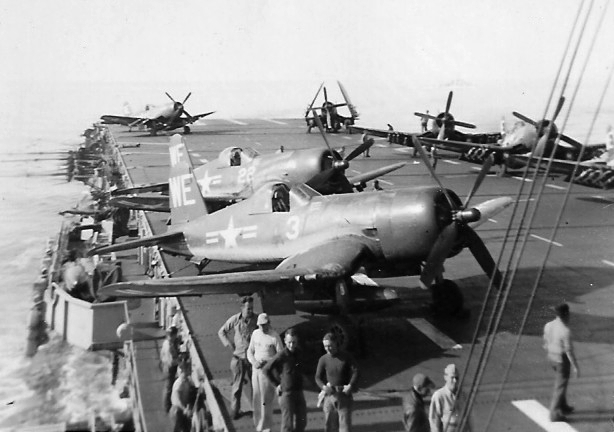Ok, I had a couple of off the wall ideas for this AHC, and because they were kinda "way out there" I've posted them in their own threads. For this thread, I like to ask would making twin engined versions of carrier based aircraft be a workable thing? We had the F5F up thread, and the F7F existed/served, but could the kind of POD I posted in the first breakout thread actually get the USN some good two engined carrier planes, in the 1941042 time frame?
Would having two engines allow for the use of contra-rotating propellers to be useful? Keep in mind that not all 2 engined aircraft had their engines wing mounted. I've mentioned this before, but purely for the engine layout, would either of the designs
Heinkel HE-119 or
Dornier Do 335 find any traction here? The 119 had two engined mounted
side by side within the fuselage, while the 335 had them
one behind the other. Could these layouts have been made workable for early war USN aircraft. NOTE, I'm not talking about an aircraft like the German planes except with respect to where they had their engines.
The breakout threads are
here, and
here. Please, do not post in this thread replies to the ideas posted there, but rather just aircraft proposals. If you want to discuss the ideas in those threads, please do so in those threads.
Can side by side engine layout aircraft be used on a carrier? Would an aircraft that had two engines one behind the other make for a more powerful carrier based aircraft?





